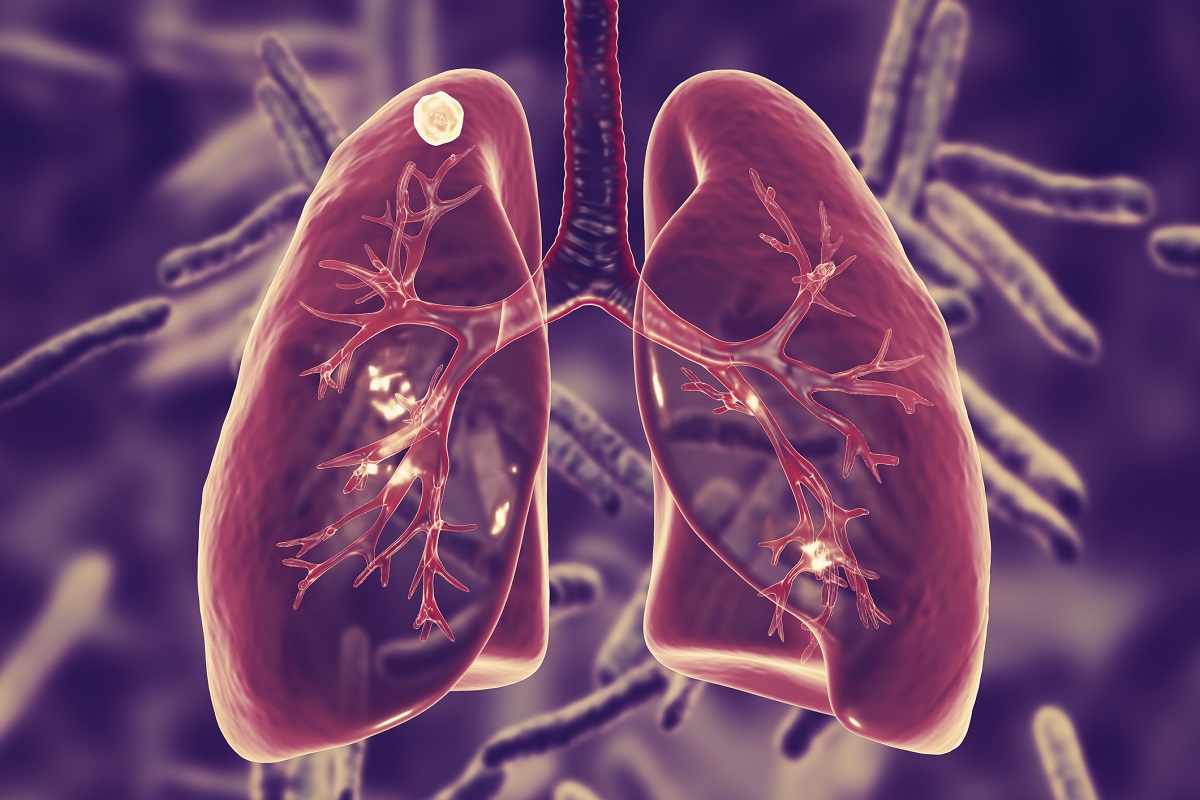KEY TAKEAWAYS
- The study aimed to examine whether IL-33 hinders anti-PD-L1 efficacy and explored dual-targeting therapeutic potential.
- Results showed that blocking IL-33/ST2 enhances anti-PD-L1 efficacy, offering a new cancer treatment strategy.
The immunosuppressive tumor microenvironment (TME) poses a major obstacle to the success of immune checkpoint inhibitors, such as those targeting the PD-1/PD-L1 pathway, in patients with lung cancer. The IL-33/ST2 signal pathway plays a critical role in shaping the TME, but its impact on the efficacy of anti-PD-L1 therapy in lung cancer treatment remained unclear.
Yanyang Nan and the team aimed to investigate the involvement of IL-33/ST2 in anti-PD-L1 treatment resistance and explored the therapeutic potential of simultaneously targeting both IL-33 and PD-L1.
The study utilized various methods, including RNA sequencing, ELISA, Western blotting, immunofluorescence, and flow cytometry to understand the role of the IL-33/ST2 signal in a Lewis lung carcinoma tumor model treated with anti-PD-L1 therapy.
A soluble ST2-Fc fusion protein (sST2-Fc) was developed to block IL-33 and was used alone and in combination with an anti-PD-L1 antibody in colon and lung tumor models. Additionally, a bifunctional fusion protein (anti-PD-L1-sST2) was engineered for dual targeting.
The study found that after anti-PD-L1 treatment, there was an increase in tumor-infiltrating regulatory T cells (Tregs) expressing ST2. Employing the sST2-Fc protein to block the IL-33/ST2 pathway significantly boosted the antitumor efficacy of the anti-PD-L1 antibody in tumor models, accompanied by enhanced T cell responses.
Notably, the bifunctional anti-PD-L1-sST2 fusion protein demonstrated superior antitumor activity compared to the combination therapy, inhibiting tumor progression, extending survival, and promoting long-term antitumor immunity.
Mechanistically, this superior response was attributed to a reduction in immunosuppressive elements like Tregs and exhausted CD8+ T cells, coupled with an increase in tumor-infiltrating cytotoxic T lymphocytes.
The study provided compelling evidence that the IL-33/ST2 pathway contributes to the immunosuppressive environment that can limit the effectiveness of anti-PD-L1 therapy. Blocking this pathway, either with sST2-Fc alone or using the dual-targeting anti-PD-L1-sST2 fusion protein, effectively reprograms the TME, resulting in a potent antitumor effect.
The findings highlighted a promising new avenue for improving cancer treatment by simultaneously targeting IL-33 and PD-L1.
This work was supported by grants from National Key Research and Development Program of China (2023YFC3404000, 2023YFC3606600 and 2023YFC3503400), the National Natural Science Foundation of China (82371781, 82073752 and 32200745), and Shanghai Sailing Program (21YF1401900).
Source: https://pubmed.ncbi.nlm.nih.gov/39231544/
Nan Y, Bai Y, Hu X, et al. (2024). “Targeting IL-33 reprograms the tumor microenvironment and potentiates antitumor response to anti-PD-L1 immunotherapy.” J Immunother Cancer. 2024;12(9):e009236. Published 2024 Sep 3. doi:10.1136/jitc-2024-009236



